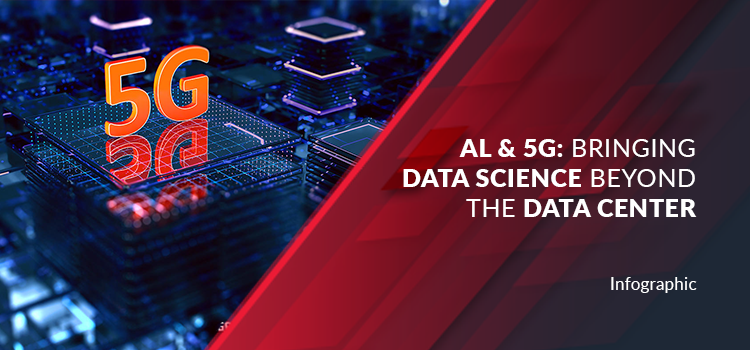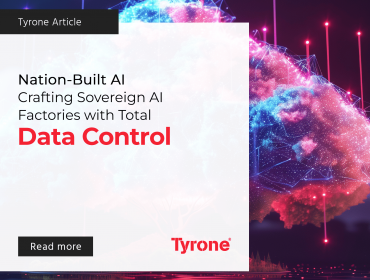5G is introducing new challenges, but by integrating AI techniques into networks is one way the industry is addressing these complexities. AI techniques is a key component that needs to be adapted to the network to help manage and control this change. Another important use case for AI is for network planning and operations.
With 5G, we will have 100,000s of small cells everywhere where each cell is connected to a fiber line. It has been predicted that we can have 10 million cells globally. Figuring out how to plan and design all these cells would be beyond human capability. This is where AI can do site evaluations and tell you what throughput you have with certain designs.
AI can help build out the 5G infrastructure and map out the location of cell towers to pinpoint the best location for the 5G rollout. It can continuously monitor how the network is being used. If one of the cell towers is not functioning as expected, AI can signal to another cell tower to take over.
Machine learning algorithms solve exceedingly complex problems by creating models that improve over time as they are applied to new data. This approach to Al can discover unseen statistical relationships and make predictions well beyond the capability of earlier technologies.
Applying Al at scale requires the powerful and flexible computing resources of the cloud. 5G networks are agile, virtualized, and software-defined—essentially “cloudified”—enabling them to shuttle the data needed for machine learning between applications and data centers at gigabit speeds, or even faster at the edge in a distributed cloud using processors within wireless networking equipment.











